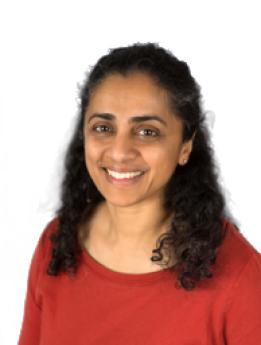Research Interests of Current Mentors:
Search By Name
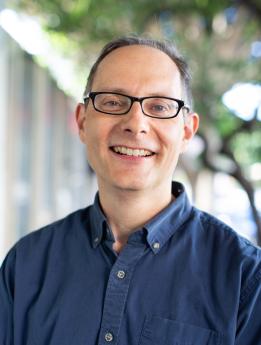
James Coughlan, Ph.D.
Applications of computer vision and sensor technologies for people who are blind or visually impaired.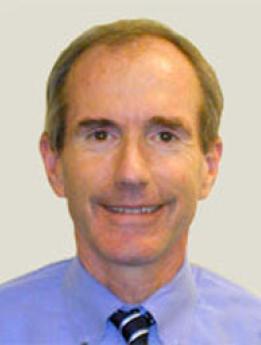
William Good, M.D.
Abnormal visual development in infants and children.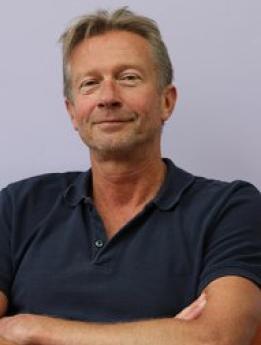
Steve Heinen, Ph.D.
Attentive and inattentive control of smooth, fixational and binocular eye movements using stimuli inspired by natural objects.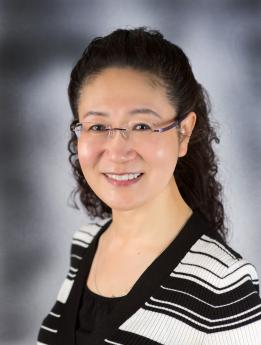
Chuan Hou, M.D., Ph.D.
EEG source imaging and psychophysical studies of interocular suppression and attention, temporal dynamics of visual processing in amblyopia and strabismus.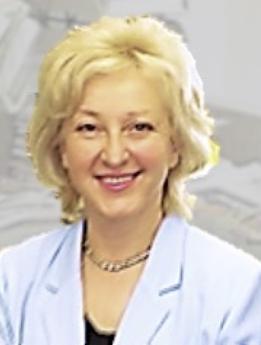
Lora Likova, Ph.D.
Brain Plasticity, perception, memory, learning, and navigation in the blind and sighted, investigated with multimodal brain imaging (fMRI/DTI/EEG/VBM/SBM), and behavioral interventions for neurorehabilitation.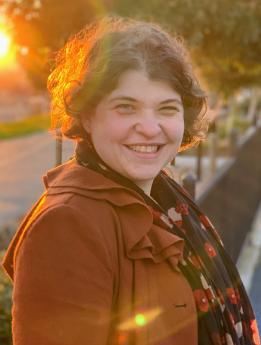
Natela Shanidze, Ph.D.
Visual/vestibular interactions, eye and head movements in normal vision and central field loss, noise-induced vestibular deficits.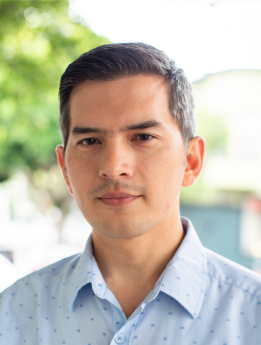
Santani Teng, Ph.D.
Cross-sensory spatial and object perception, braille, echolocation, and mobility in blind and sighted persons, investigated with psychophysical, neuroimaging (fMRI, M/EEG), and engineering approaches.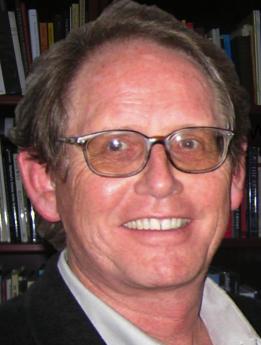
Christopher Tyler, Ph.D., D.Sc.
Brain imaging, electrophysiological, and psychophysical studies of 3D vision, long-range interactions, and temporal processing dynamics in brain trauma and visual disorders.